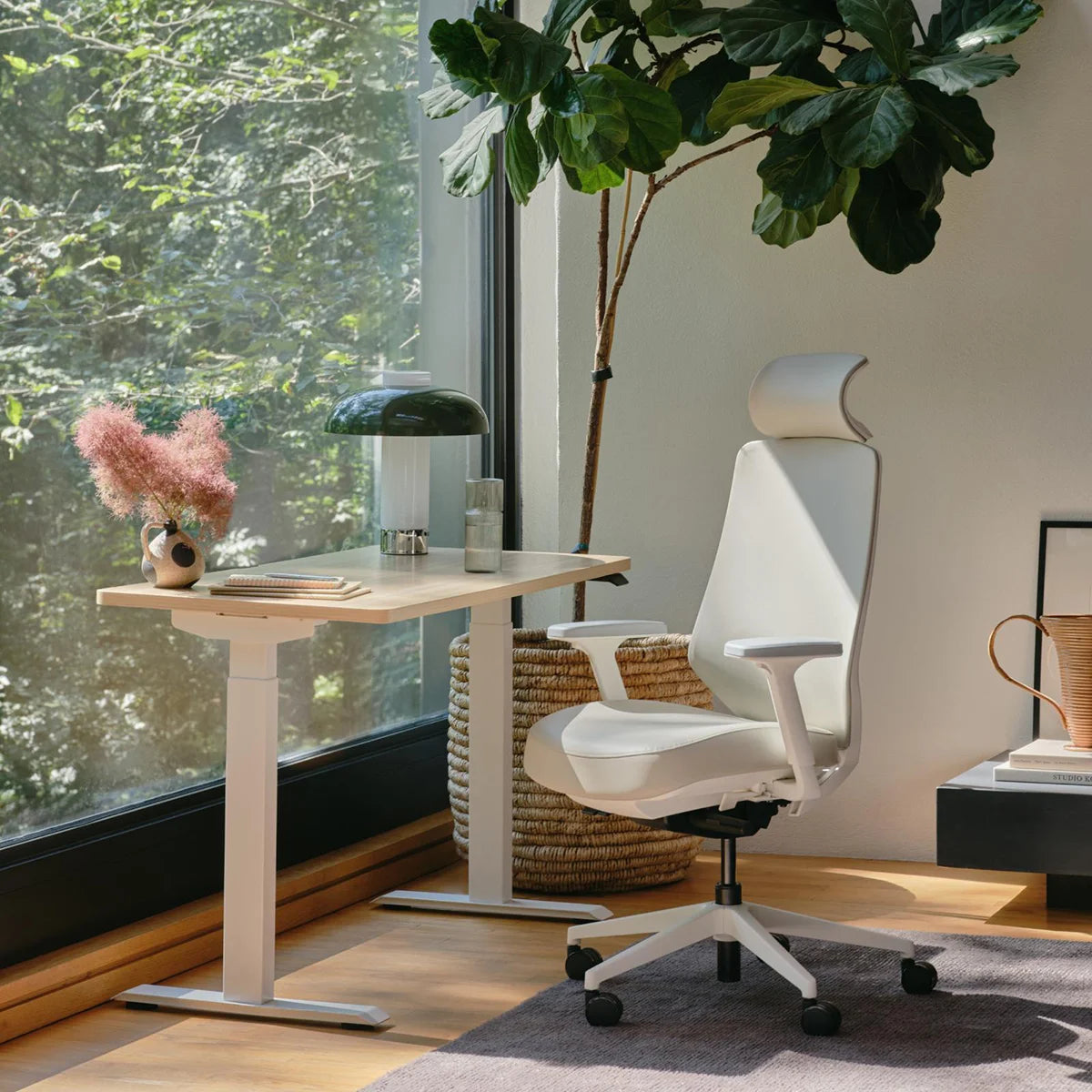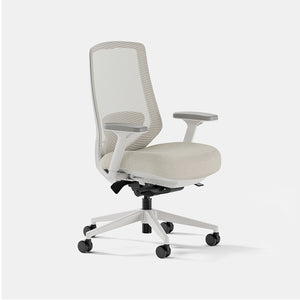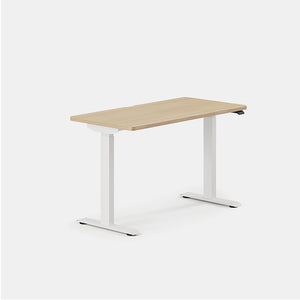Meetings with employees as a group is a solid way of getting highly detailed feedback about specific concerns, including alignment on core values, workplace culture, and professional development opportunities.
One of the preferred methods to get a consensus of opinions is a simple open floor meeting with larger groups of co-workers. You will likely lose the details you’d get from a smaller meeting, but you see the larger picture.
Surveys and large group meetings should be held on a regular basis (monthly, bi-weekly, etc.) to gather information to have a better understanding of how things change over time. Earnest questions should never be ignored; unanswered questions and brushed-off concerns will be interpreted negatively, eroding trust.
Being open to criticism means you also need to act on that criticism. A leadership team that moves quickly when problems arise will show employees that they are deeply valued. Both in-office and outside, leaders who embody a company’s mission statement set a positive corporate culture from the top down.
Some things to specifically ask for from your employees could include training suggestions, praise for co-workers (wonderful starts to recognition programs), and ways to improve efficiency. The surveys could take up as little as a few minutes of each employee's time, but that data is worth its weight in gold.
Some questions to ask your employees include:
- Do any processes seem inefficient or unhelpful? If so, which ones and why?
- Is there any part of the communication process that seems bottlenecked? What could make it better?
- What’s one perk or benefit that would encourage you to stick with the company?
- Do you have all the tools you need to do your job? What would help improve your day/workflow?














